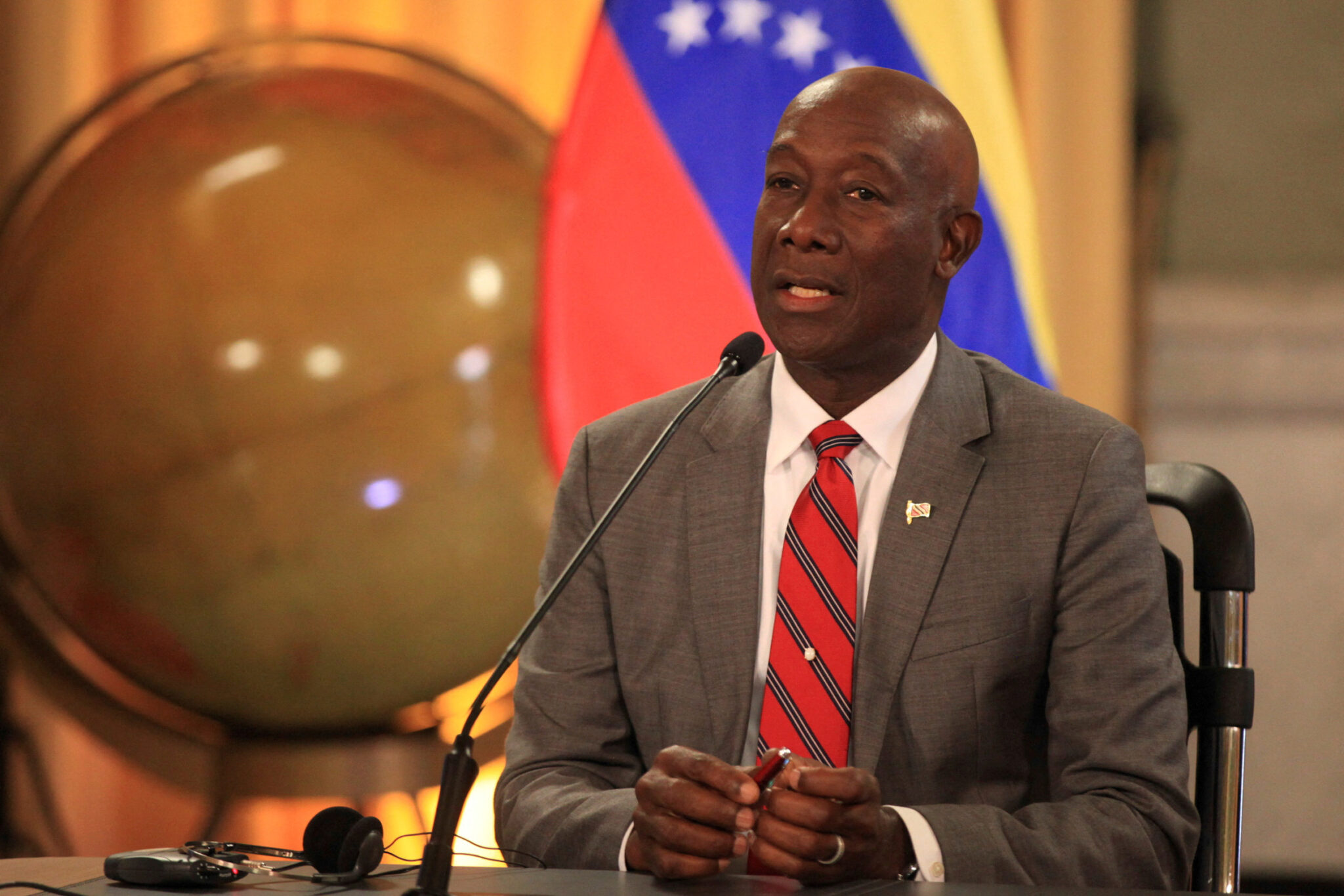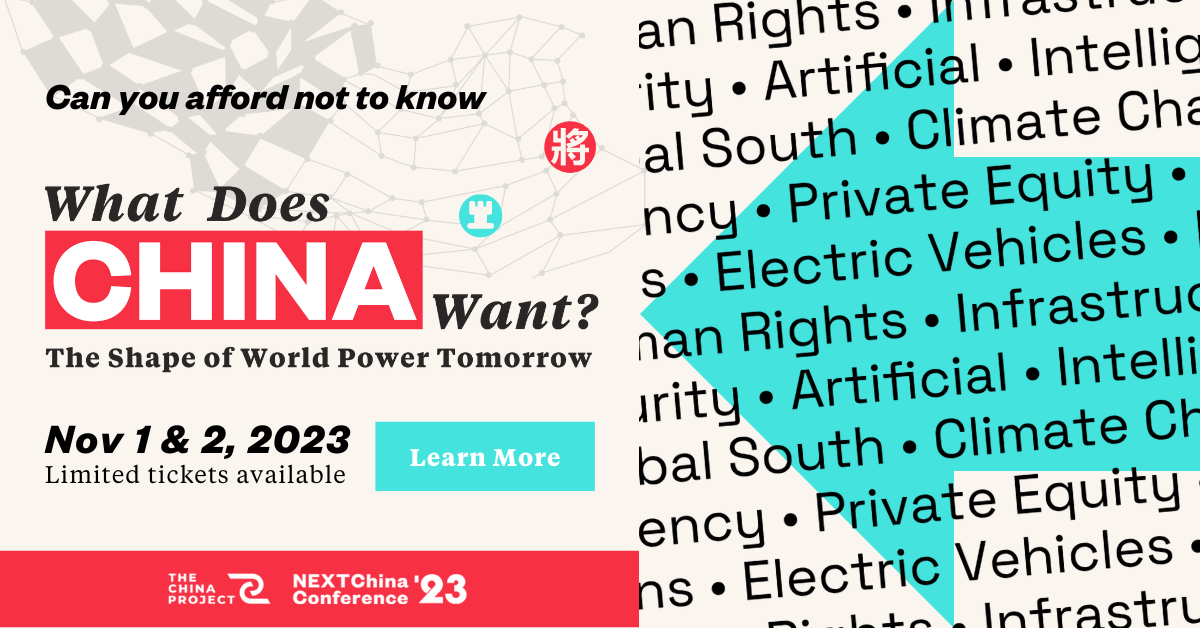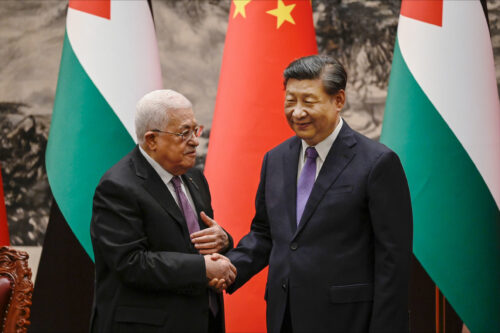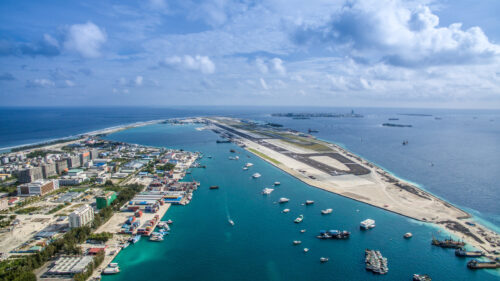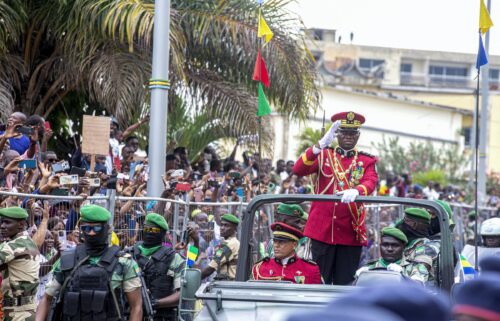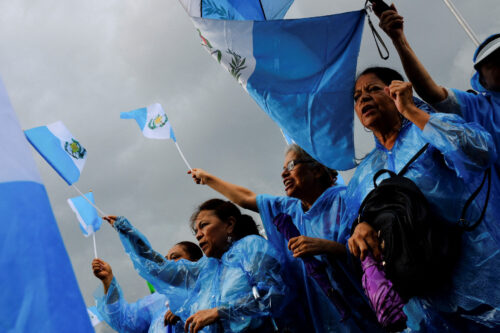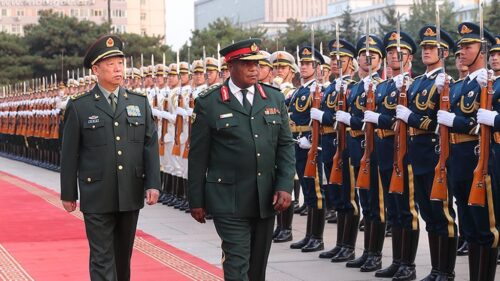Our weekly explainer series, China Ties, looks at China’s relationship with different countries of the world.
Perched just off the coast of bankrupt Spanish-speaking Venezuela, the two islands of Trinidad and Tobago comprise the largest economy in the English-speaking Caribbean. Although under-researched, Trinidad’s connections with China are growing strong. Their investment in Trinidad is relatively small — around $2.3 billion — but in key areas.
Initially, Trinidad saw China as a hotbed for social unrest — Mao’s Little Red Book was included on a government list of banned titles after a series of black power riots in 1970. But the two established relations four years later during a general thaw in relations with the P.R.C. But there had long been a Chinese migrant community, beginning as plantation laborers in the 19th century.
Engagement started in the early 2000s and continued through the 2010s, with Trinidad’s government approving major construction projects, including a cricket ground, an aquatics center, the prime minister’s official residence, hospitals, and an airport terminal — partly, claim local newspapers, in the hopes it keeps the voters on its side at the next elections. Although Trinidad benefited from vaccine diplomacy during the pandemic, it also signed a $204 million loan from China Development Bank to bolster its COVID support.
Trinidad was once oil-rich, but its supplies are now running low. China’s only stakes in Trinidad oil blocks were bought in the early 2010s, but these have amounted to very little, and are fairly negligible compared with U.S. and U.K. holdings.
Seeing its oil draining away, Trinidad is seeking to become a logistics hub for international trade, capitalizing on its position between Latin America and the Panama Canal. So, naturally, China was one of its go-tos.
But its most important project with China has stalled. China Harbour Engineering Company (CHEC) has been building a $500 million dry dock (where you can drain the water to inspect and repair a ship’s hull) since 2018 after Trinidad signed up for the BRI. Dr. R. Evans Ellis, a Latin American research professor with the U.S. Army War College Strategic Studies Institute, pointed out that the dry dock’s location “will be sufficiently attractive for shipping companies to do major repair at the facility.”
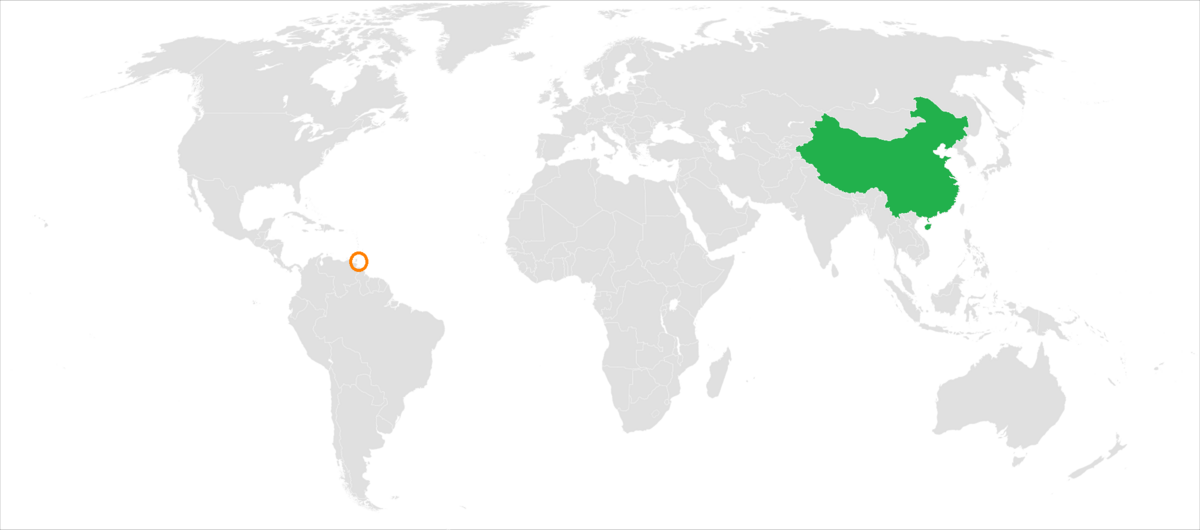
Republic of Trinidad and Tobago
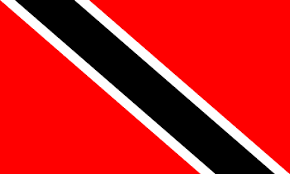
Founded: August 31, 1962
Population: 1.5 million
Government: Constitutional Democracy
Capital: Port of Spain
Largest City: San Fernando
Established relations with the P.R.C.: June 20, 1974
Progress has been held in limbo for several years. Prime Minister Keith Rowley claims delays were due to arbitration for $300 million in costs after his government scrapped an aluminum smelter it had signed a contract for with another Chinese company, but had to back out of due to environmental concerns. The Trinidadian government seems to think closer ties to China will grease the project’s wheels, noting in its 2019 trade report that a “stronger economic relationship” with China will “contribute to moving forward the construction.”
Nonetheless, Chinese financing has also created a $690 million industrial estate nearby that would be crucial to attracting businesses, the government hoping this one will create around 4,500 jobs.
Huawei has woven itself into Trinidad’s fabric. It laid down the tech connecting communities to Wi-Fi across the mountainous, isolated terrain. It provides cheap services to Trinidad’s main phone companies, 5G to major urban and industrial areas, and the new Ministry of Digital Transformation (tasked with digitizing Trinidad’s entire government services). Indeed, Huawei’s regional CEO has said the company has “long-term plans” for the country, using the nation as a hub for the eastern Caribbean.
There have been concerns in the U.S. about the islands’ interest in Chinese investment, and what it is costing the country — so far, estimates suggest Trinidad’s debt to China rose from $2.2 billion before signing on to the BRI in 2018 to $6 billion by 2019.
In terms of leverage, the U.S. has quite the arsenal. It donated three times the number of vaccines China did during the pandemic, and invests three times more than China does. Chinese imports are growing fast (by 22% year-on-year in 2022), but the U.S. is the largest trading partner by far, bilateral trade seven times China’s. Although the Trinidadian military does exchanges with China for “training in military strategy, command, and tactics,” the U.S. still has Trinidad involved in security initiatives of its own.
At the moment, it looks like Trinidad is up for seeking out investment anywhere it can.
